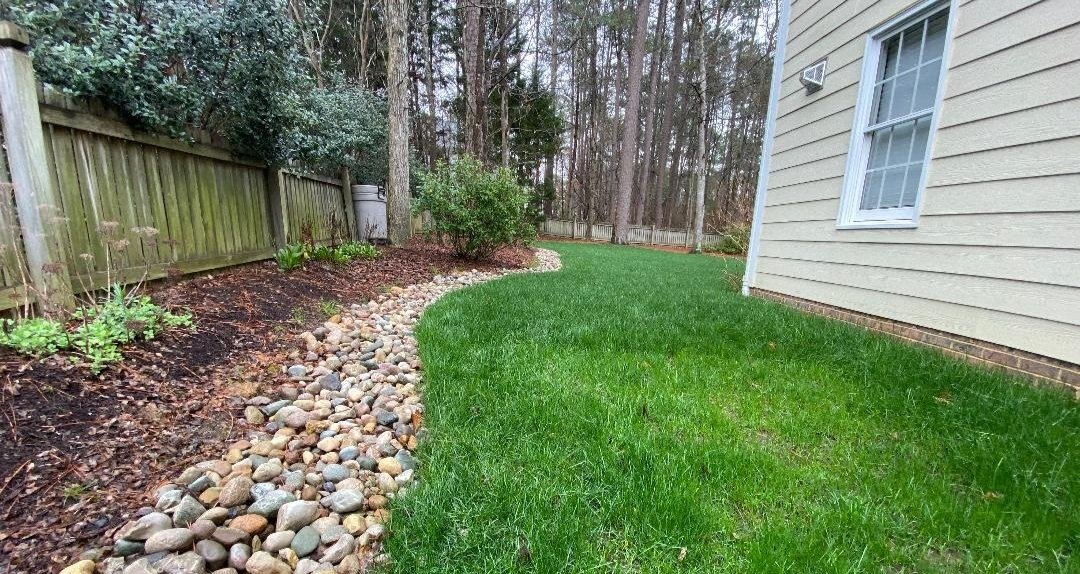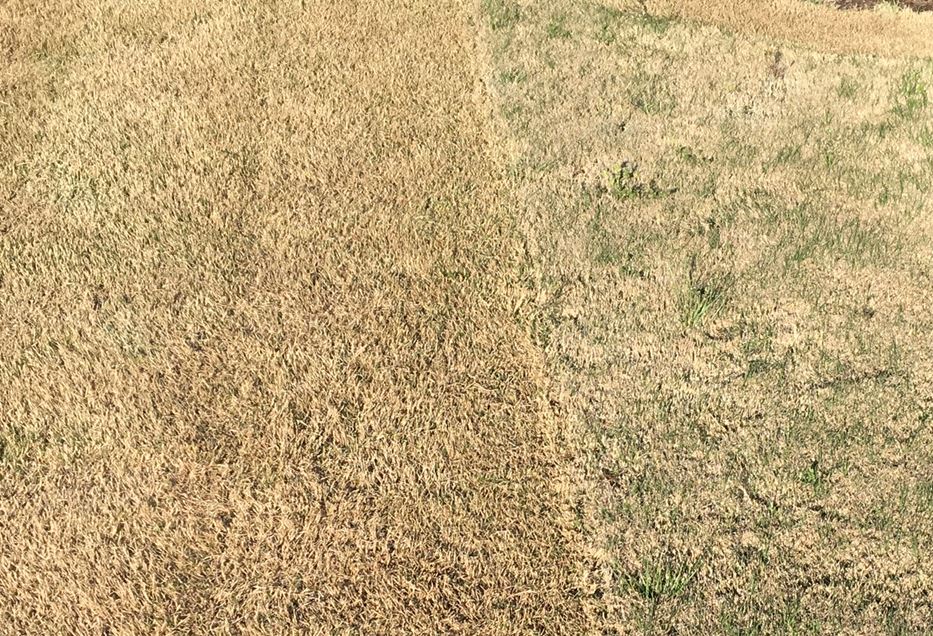French drain and trench drain might sound alike, but there are some key differences between the two (and yes, they are different things). Both are used to manage excess water, often stormwater, but the distinction comes down to whether the drain is doing surface water management or subsurface water management. Here are some of the key differences:
PURPOSE AND LOCATION
French drains are installed underground and work by redirecting subsurface water awa from a specific area, such as a foundation, basement, or low point in a yard.
In contrast, trench drains are installed above ground, often in paved areas such as parking lots, driveways, or sidewalks, and are meant to manage sufface water, such as rainwater or runoff, to prevent it from pooling or flowing in an unwanted direction
DESIGN AND FUNCTION
A French drain typically consists of a perforated pipe buried in a trench filled with gravel or rock. Water seeps through the ground, enters the trench and pipe, then flows downhill and away from the problem area.
Trench drains are long, narrow channels typically lined with concrete, plastic, or other impermeable material, and often have a grate on top that surface water passes through before being directed away.
CAPACITY
A single French drain is limited in the amount of water it can handle. Effective French drain systems often include multiple branches and in some cases parallel trenches and pipes to comprehensively address subsurface water problems.
Trench drains usually handle larger volumes of water and are commonly needed to control fast-moving water to prevent flooding.
IN CONCLUSION
While they sound alike and perform similar tasks, French drains and trench drains have some key differences in how they are built, where they are built, and how they work. Despite these clear distinctions, not every scenario or application for these types of drains is simple to diagnose and solve. A qualified outdoor drainage specialist can work with you to determine the best way to address your needs.





